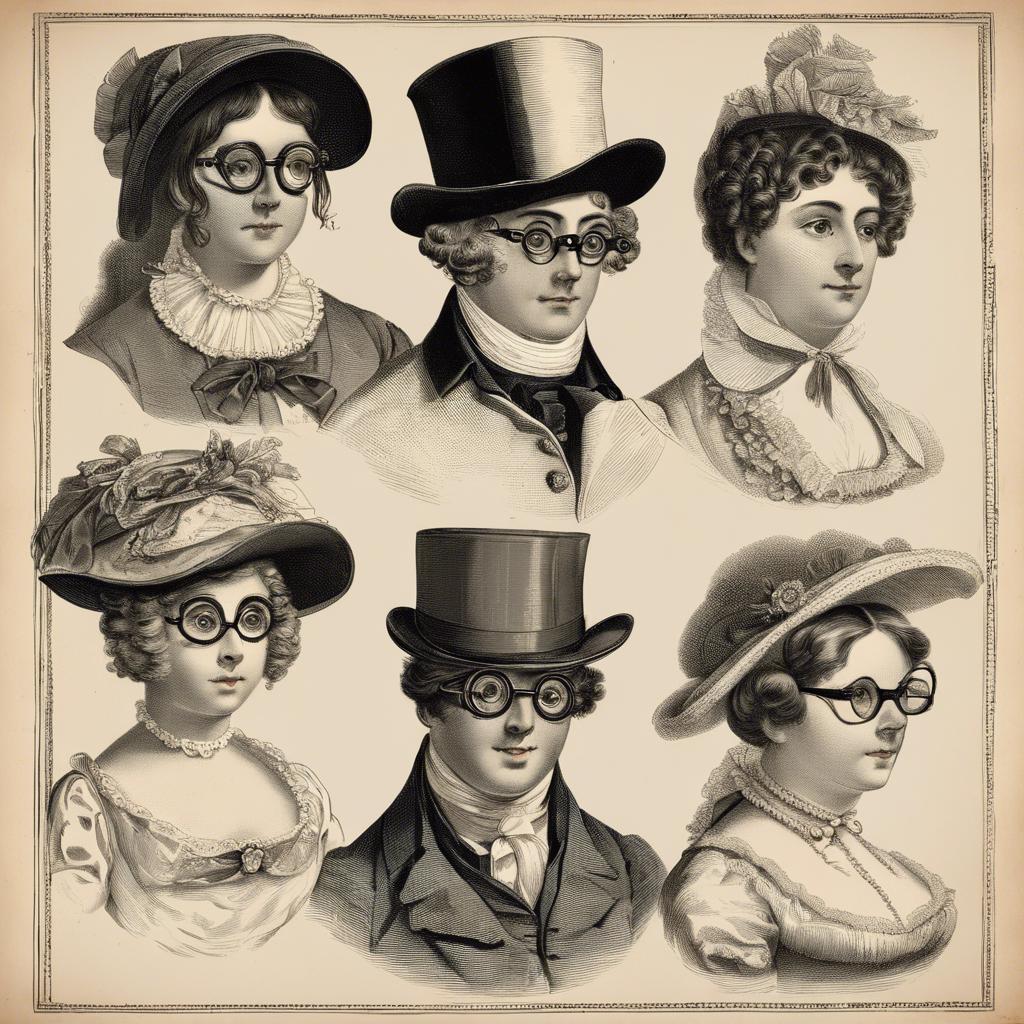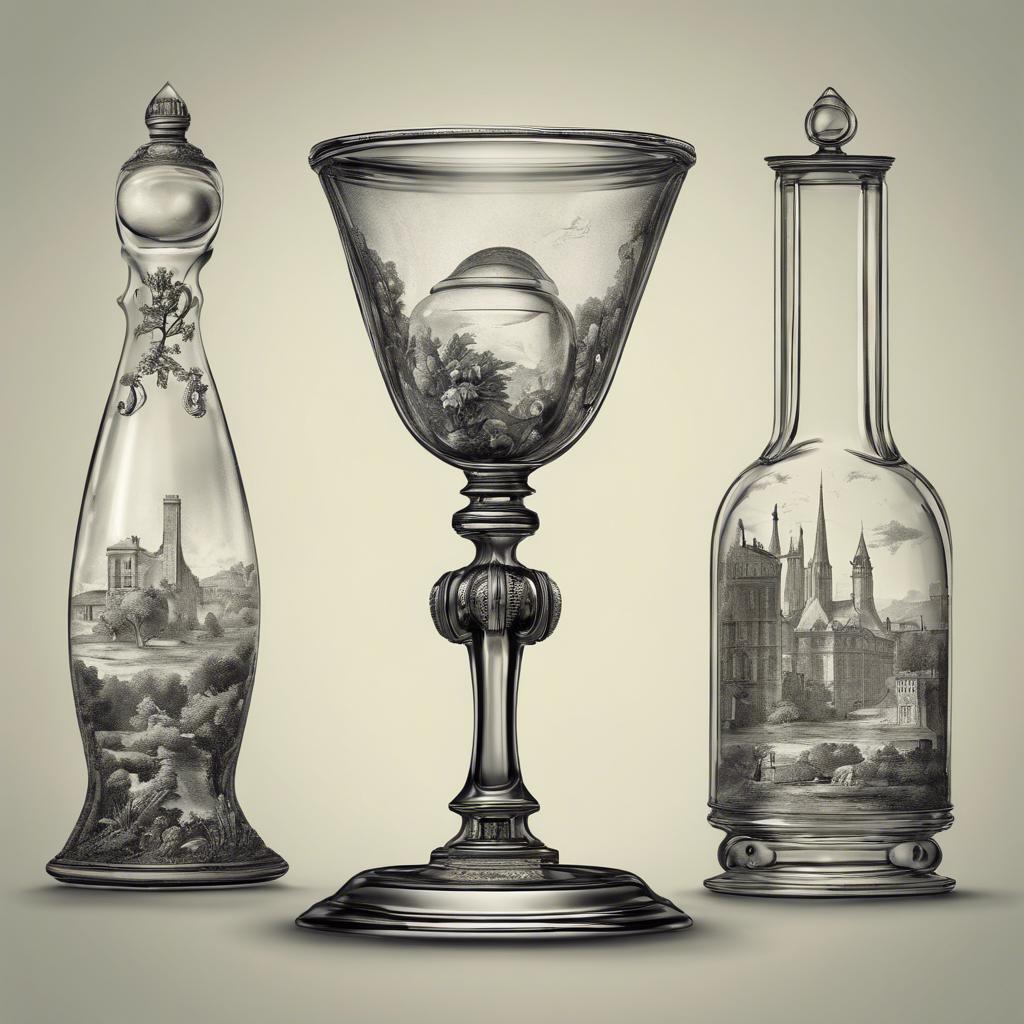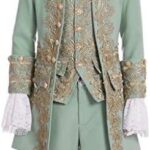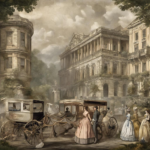In the elegant and refined world of the Regency era, one fashion accessory reigned supreme in both practicality and style - the quizzing glass. Serving as both a tool for the discerning gentleman or lady to examine fine details and a symbol of sophistication, the quizzing glass has left an indelible mark on the fashion landscape of the regency era boy names”>early 19th century. Join us as we delve into the history and significance of this iconic accessory, shedding light on its cultural relevance and lasting influence.
Step Into the World of Cheryl Bolen
Dive into the enchanting stories of love, intrigue, and elegance set in the Regency Era. Cheryl Bolen's novels offer timeless romance and captivating tales that will leave you wanting more.
Explore Cheryl Bolen's Books Now
Evolution of Quizzing Glasses in Regency Era Fashion
Throughout the Regency Era, quizzing glasses became an essential accessory for the fashion-conscious individuals of the time. These ornate monocles were not only a practical tool for those with vision impairments but also a stylish statement piece. Made from a variety of materials such as gold, silver, and tortoiseshell, quizzing glasses were often adorned with intricate engravings and decorative motifs.
One of the most notable features of quizzing glasses in the Regency Era was the inclusion of a long, delicate handle that allowed the wearer to gracefully hold the monocle up to their eye. This handle was often embellished with precious gemstones or intricate filigree designs, adding a touch of elegance to the accessory. The shape of the lenses also varied, with some quizzing glasses featuring round lenses while others had oval or rectangular shapes.
As fashion trends evolved during the Regency Era, quizzing glasses began to reflect the changing styles of the time. While earlier quizzing glasses were more understated and conservative in design, later iterations became increasingly elaborate and decorative. In addition, the popularity of quizzing glasses spread beyond the upper classes, with individuals from all walks of life embracing this fashion accessory as a symbol of sophistication and refinement.
Luxurious Materials and Styles of Regency Era Quizzing Glasses
Luxurious materials and styles were quintessential features of Regency era quizzing glasses, reflecting the opulence and elegance of the time. These stylish accessories were crafted with the finest materials available, such as:
- Silver and gold frames adorned with intricate engravings and embellishments.
- Precious gemstones like diamonds, pearls, and sapphires were often incorporated into the designs.
- Exotic materials like tortoiseshell, ivory, and mother-of-pearl added a touch of sophistication to the quizzing glasses.
The styles of Regency era quizzing glasses ranged from simple and understated to elaborate and ornate, catering to the diverse tastes of the fashionable elite. Some popular styles included:
- Round frames that exuded a classic and timeless appeal.
- Oval frames that provided a more delicate and feminine look.
- Square frames for a bold and modern statement.
Regency era quizzing glasses were not merely functional eyewear, but also exquisite fashion statements that reflected the social status and refined taste of their wearers. With their luxurious materials and diverse styles, these accessories were essential symbols of elegance and sophistication in the early 19th century.
Functionality and Practicality of Quizzing Glasses in Regency Society
Quizzing glasses were a common and fashionable accessory in Regency society, offering both functionality and practicality to their wearers. These ornate handheld magnifying glasses were not only a stylish accessory but also served a practical purpose for individuals with diminishing eyesight or those who needed help reading small print.
The craftsmanship of quizzing glasses during the Regency era was exquisite, with intricate designs that often incorporated precious metals and gemstones. These glasses were not only a tool for better vision but also a statement piece that reflected the wearer’s social status and taste. The sophisticated and elegant appearance of quizzing glasses added an air of refinement to any outfit, making them a must-have accessory for fashionable gentlemen and ladies alike.
In addition to their aesthetic appeal, quizzing glasses were also a symbol of intellect and sophistication in Regency society. By using a quizzing glass, an individual would not only be able to better see and read small text but also demonstrate their refinement and class to others. The act of using a quizzing glass was a subtle yet powerful way to showcase one’s education and attention to detail, making it a valuable accessory for navigating the social intricacies of Regency society.
Selecting an Authentic Regency Era Quizzing Glass for Collection or Use
In the world of antique accessories, a Regency era quizzing glass is a unique and elegant piece that holds both historical significance and aesthetic appeal. When selecting one for your collection or personal use, it’s important to ensure authenticity and quality. Here are some key considerations to keep in mind:
Material: Look for quizzing glasses made from high-quality materials such as gold, silver, or brass. The material not only determines the durability of the piece but also adds to its value and charm.
Design: Authentic Regency era quizzing glasses often feature intricate designs, such as embellishments like engravings, gemstones, or ornate handles. Pay attention to the details and craftsmanship to ensure you are getting a genuine piece from the era.
Key Takeaways
the regency era quizzing glass served not only as a practical accessory for the visually impaired, but also as a fashionable statement of one’s social status and taste. These exquisite pieces of eyewear truly encapsulated the elegance and refinement of the regency era. As we look back on the intricate craftsmanship and sophisticated design of these quizzing glasses, we are reminded of a time when attention to detail and opulence were paramount. The legacy of the regency era quizzing glass lives on, as a symbol of a bygone era that continues to captivate our imagination.


